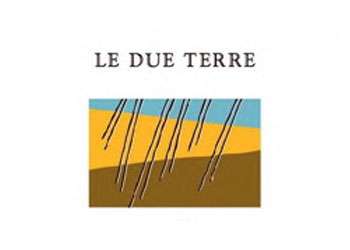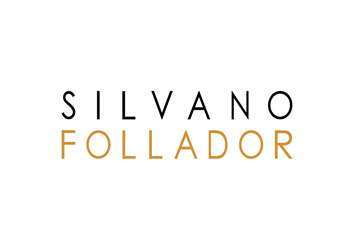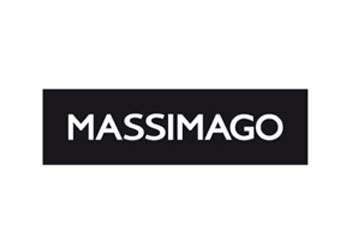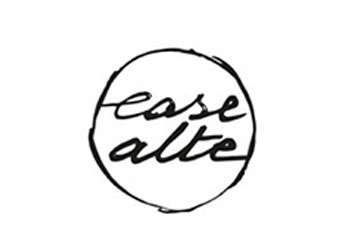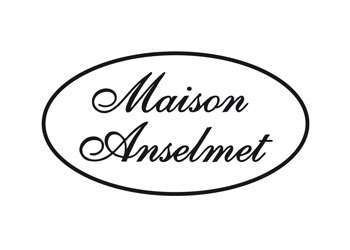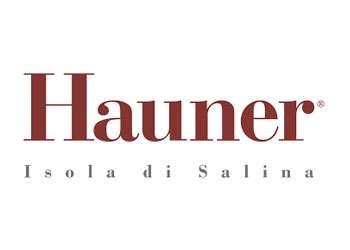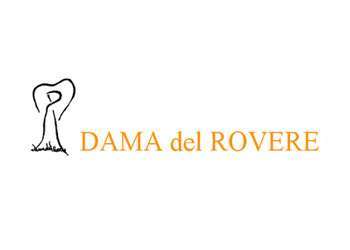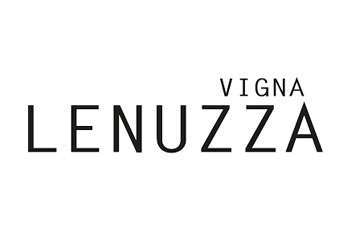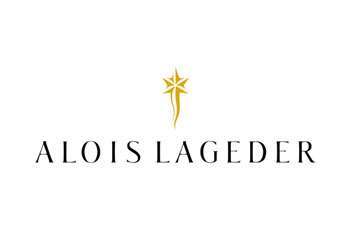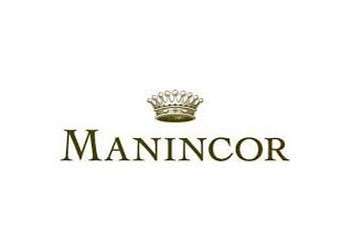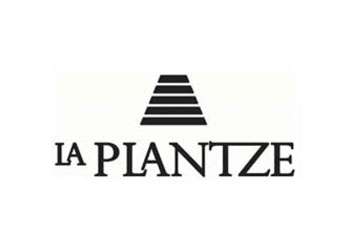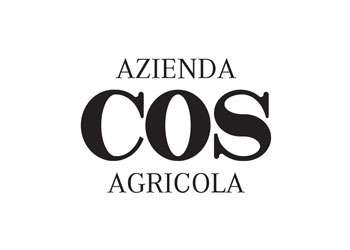The fashion eCommerce industry is an industry that has always proudly worn change like a model would wear Prada. Change is a key part of the fashion industry’s identity, occurring at almost every seasonal fashion show year on year. However, the year ahead may bring about the industry’s most drastic transformation yet.
As consumers and fashion retailers navigate bogorupdate the aftermath of the COVID-19 pandemic, there are new looks for the industry to try on. Sustainable, yet affordable clothing is on the rise, and the reCommerce industry is booming with grounds to flourish further in the wake of global economic changes. The glossy fashion events that the industry has become synonymous with are going too, replaced instead by a growing market for seasonless items as consumers look to make the most out of each purchase.
Fashion eCommerce trends for 2023:
1. ReCommerce goes mainstream
What is reCommerce? ReCommerce, or reverse commerce, is the process of renting, reselling, or thrifting previously owned apparel through online or offline stores. Consumers are increasingly searching for economical, sustainable methods of buying or owning new clothes instead of buying brand new.
As the fashion world moves toward a more sustainable model and post-pandemic spending preferences force brands to be more accountable, resale is a fashion eCommerce trend experiencing a rebirth. Up from $7 billion in 2019 to an estimated $36 billion by 2024 with a forecasted 39% annual growth rate, the online and offline resale industry has a new lease of life in its quest to remain an affordable, sustainable way to keep up with fashion.
2. Sus
tainable and ethical are the new black
The fashion and aparel industry has long been criticized for its detrimental effects on the environment and hailed as one of the most pollutive industries in the world. On average, it costs the environment 75lbs of CO2 to make a pair of jeans, whilst 700 gallons of water is estimated to go into the production of a new t-shirt. Perhaps worse, 208m lbs of waste was generated in 2019 just by the buying and then subsequent destroying or disposing of single-use outfits.
3. Athleisure transitions into mainstream luxury
According to a study by market research firm NPD Group, athleisure is set to lead the American shoe sale market through 2021, as it continues its steady 7% year-on-year rise. These findings support Lyst’s most recent report, which revealed that luxury streetwear and sportswear continue to evolve their definitions.
Searches for both ‘streetwear’ and ‘athleisure’ powered the year’s biggest trends with customers spending on average $192 on a new pair of sneakers – a 39% year on year increase.
4. Artificial intelligence turns virtual assistant
With more shoppers choosing to purchase from retailers that align with their values, personalization and the act of relevancy are continuing growing trends throughout any eCommerce industry. To assist this new problem of how to put the customer at the heart of their marketing strategies, fashion eCommerce retailers are increasingly turning to one solution: AI, and most importantly, AI chatbots.
5. Seasonless fashion introduces slow fashion
In diary entries shared by Gucci’s creative director Alessandro Michele, he stated that pre-fall, spring-summer, fall-winter “were all ‘stale and underfed words” and that the fashion house would no longer be participating in the traditional fashion calendar, but would instead move to a seasonless schedule meeting twice a year.
Gucci were not the only ones. Saint Laurent also chose to opt-out of a calendar schedule, whilst Vogue agreed they would also take control of their own schedule.
...


